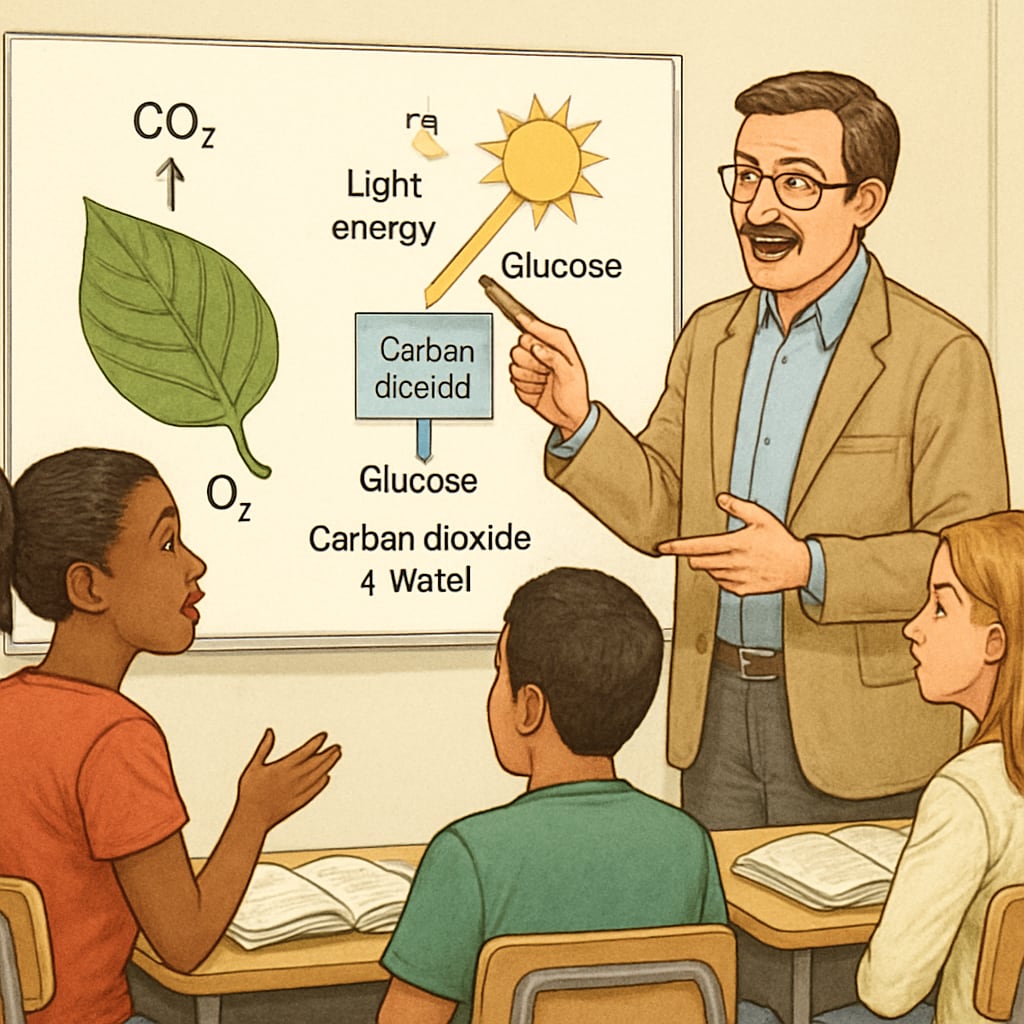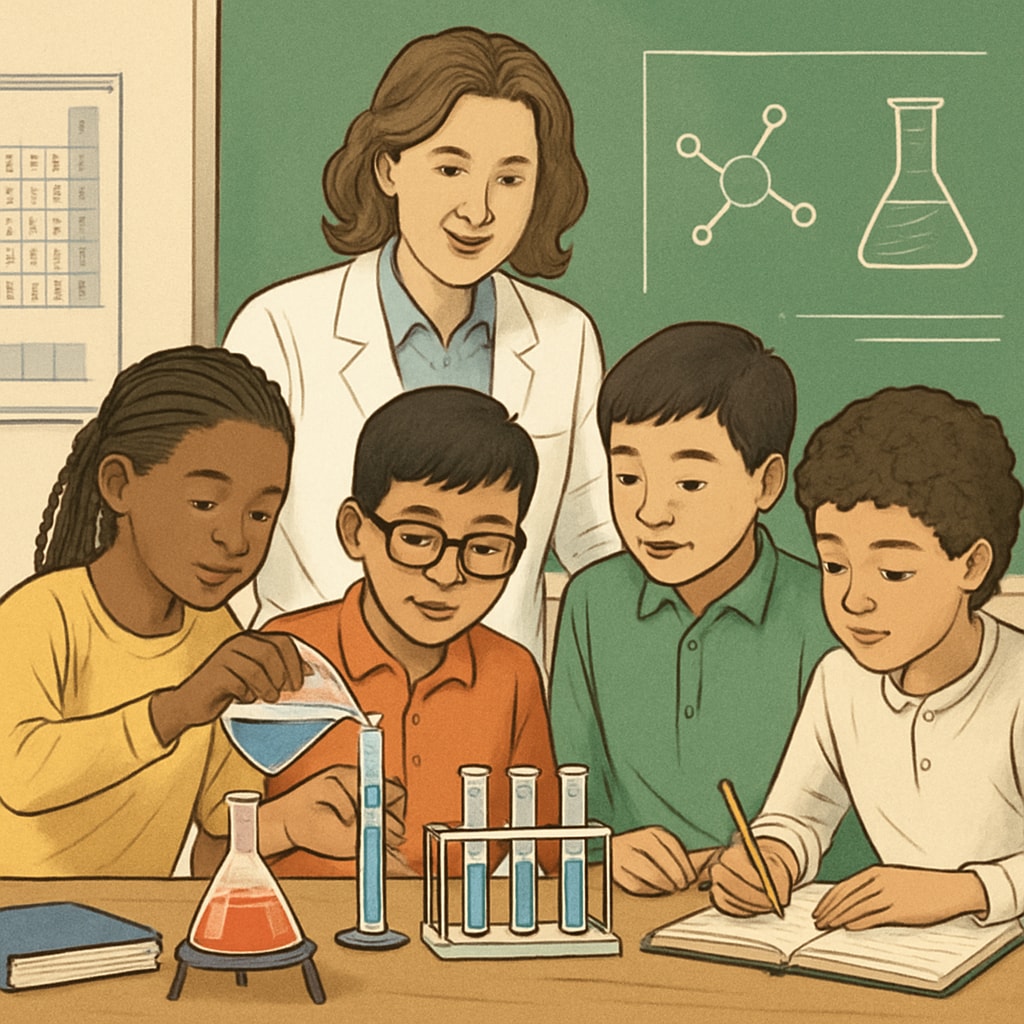In high school science classrooms, teaching English learners (ELLs) can be both a rewarding and challenging experience. With nearly half of the class consisting of students at varying levels of English proficiency, it is crucial to implement teaching strategies that support both language development and science content mastery. By incorporating differentiated instruction, leveraging visual aids, and fostering an inclusive environment, educators can help ELLs overcome language barriers while thriving in science education.
Understanding the Needs of English Learners in Science Classrooms
English learners face unique challenges in science classrooms due to the dual demand of mastering academic language and complex subject matter. Science is laden with specific vocabulary, abstract concepts, and hands-on tasks, which can overwhelm students who are still developing their English skills. Therefore, understanding the diverse needs of ELLs is the first step in creating a supportive learning environment.
For example, some students may struggle with scientific terminology, while others may find it difficult to follow instructions for laboratory experiments. Recognizing these variations allows teachers to tailor their approaches to meet each learner’s specific needs.

Effective Differentiated Instruction for English Learners
Differentiated instruction is a key strategy for supporting ELLs in science classrooms. By adjusting teaching methods and materials, educators can ensure all students have access to the curriculum. Key approaches include:
- Scaffolding: Break down complex tasks into smaller, more manageable steps. For example, provide sentence starters or graphic organizers to help students structure their responses.
- Visual Supports: Use diagrams, charts, and videos to illustrate scientific concepts. Visual aids can bridge language gaps and make abstract ideas more tangible.
- Group Work: Pair ELLs with peers who can model language and provide support during collaborative activities.
These strategies not only make science content more accessible but also promote language acquisition through meaningful interaction.
Creating an Inclusive Science Learning Environment
Fostering an inclusive classroom culture is essential for helping ELLs feel valued and motivated. Here are some tips for creating a welcoming environment:
- Celebrate Diversity: Incorporate examples and case studies from different cultural contexts to make science relevant to all students.
- Encourage Participation: Use strategies like think-pair-share to give students time to formulate and share their ideas.
- Build Relationships: Get to know your students’ backgrounds, strengths, and interests to better connect with them.
When students feel respected and included, they are more likely to engage actively in both language and science learning.

Leveraging Technology and External Resources
Technology can be a powerful ally in supporting ELLs in science classrooms. Tools like language translation apps, interactive simulations, and science-focused educational platforms can enhance learning. For example, Khan Academy offers science lessons with subtitles in multiple languages, while BrainPOP provides engaging, multilingual videos on scientific topics.
Additionally, teachers can use online glossaries and bilingual resources to help students understand key terms. Incorporating these tools not only supports language development but also adds an interactive element to the learning process.
Conclusion: Combining Language and Science Learning
Supporting English learners in high school science classrooms requires a thoughtful and flexible approach. By addressing language barriers through differentiated instruction, visual aids, and inclusive practices, educators can empower ELLs to succeed. In doing so, they not only help students master scientific content but also develop the language skills necessary for future academic and professional success.
Ultimately, creating a classroom where every student feels supported and challenged is the key to overcoming language barriers and fostering a love for science.
Readability guidance: This article uses short paragraphs, structured lists, and a clear progression of ideas. With a focus on active voice and transition words, it aims to be both accessible and engaging for educators.


